Lilac "Primrose": description, planting and care

Breeders are constantly on the lookout for new varieties of plants. Ornamental lilac bushes were not spared either. Today, there are several dozen varieties of shrubs, differing in size, shape, structure and color of flowers. This article describes a description of a unique species - the yellow lilac "Primrose".
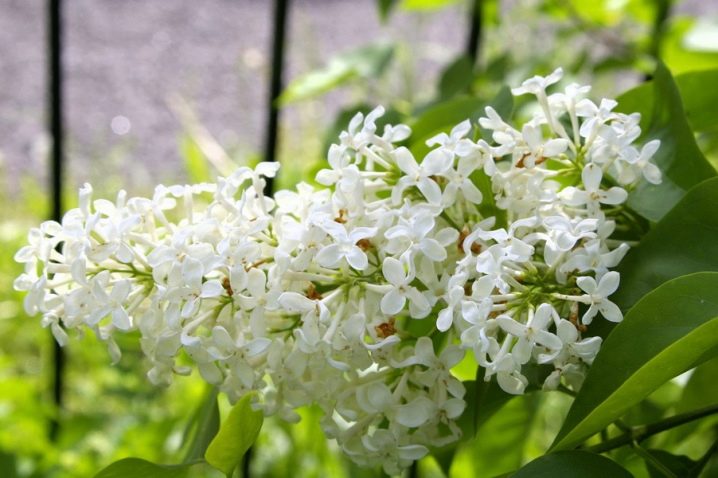
Characteristics of the variety
In 1949, Dutch growers discovered an interesting fact - lilac buds are prone to mutation. So the first type of lilac with yellow flowers appeared. He was named Primrose or Yellow Wonder.
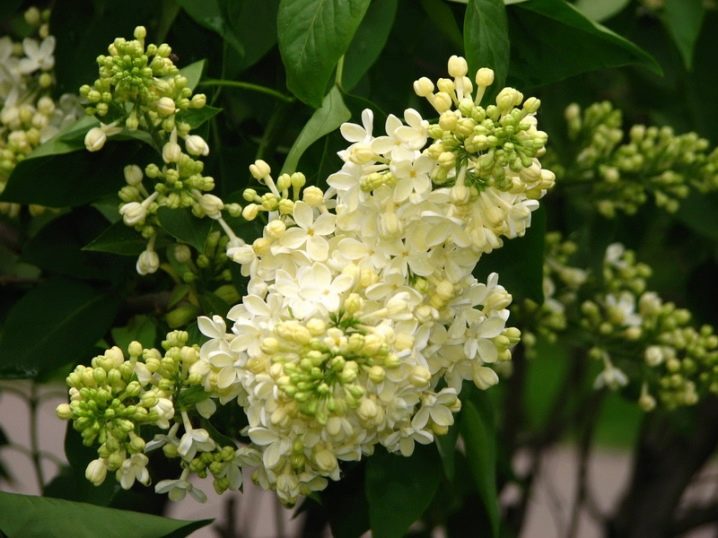
This variety does not differ in rich tones, unlike holly or forsythia Mahonia. Obvious yellowness is present only on the buds, and the opened flowers have cream, vanilla, waxy shades. Unfortunately, under the scorching sun, they quickly fade to white. Nevertheless, the culture looks unusual and very gentle, thanks to which it is very popular among landscape designers and ordinary gardeners.
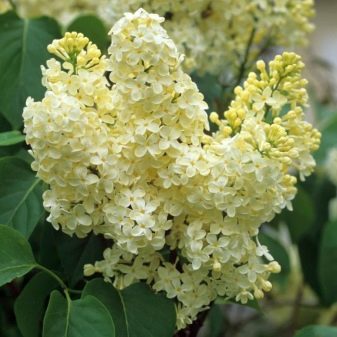
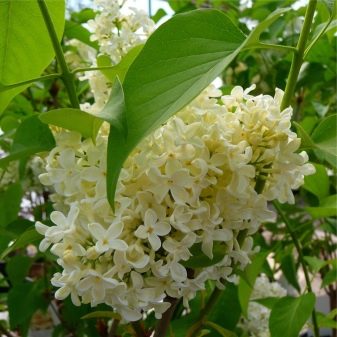
This type of plant is characterized by a lush crown, spreading shoots. The dense foliage turns dark green and has a heart-shaped shape. The bush reaches 3.5 meters in height and 2.5 meters in width.
The flowering period of the common lilac of this species falls on the beginning of May. At this time, the first buds of a light green hue begin to bloom. Their diameter is 1.5 cm. As already mentioned, yellow petals quickly turn snow-white. Inflorescences are loose, pyramidal in shape, have 3 tops. Flowers are distinguished by their splendor, airiness. A pleasant rich aroma hovers around the shrub.
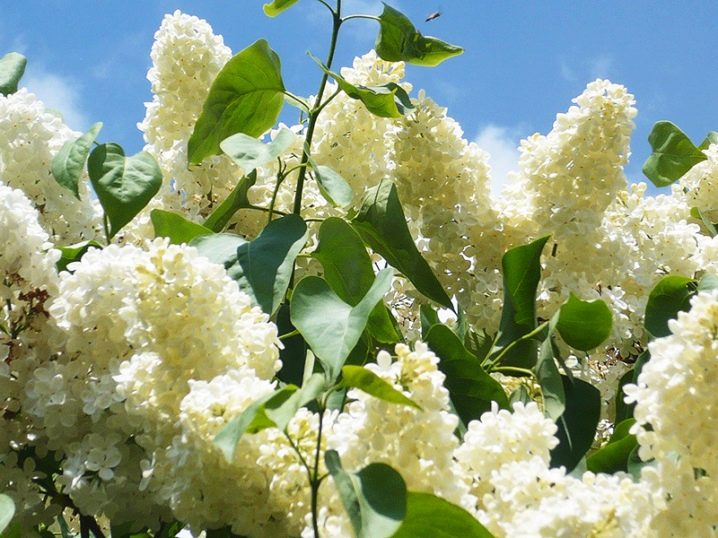
"Golden Lilac" represents the only variety "Primrose" (other names for this variety: Gerrita Maarse, Yellow Wonder). At the same time, there are other varieties of common lilac, which also differ in cream color. We present a brief description of some of them.
- Amurskaya. This species is characterized by late flowering (around July). Long-term shrub - the average "life" is 100 years. The flowers have a strong honey aroma.

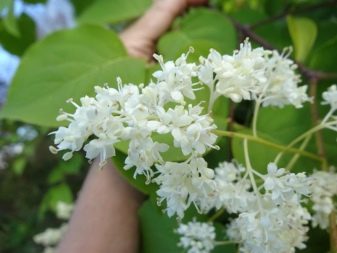
- "Japanese". The opening of the buds is observed in the middle of summer. The yellowness of the petals is replaced by a delicate pinkish tone.
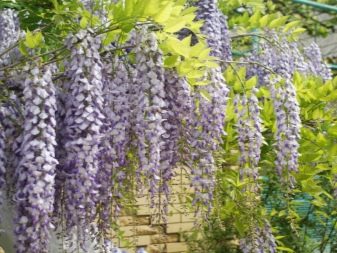
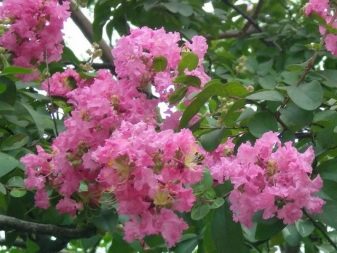
- "Peking" ("Crackle"). The length of the inflorescences is about 15 cm. The variety is quite frost-resistant, but does not tolerate dry weather. With proper care, the bush grows up to 12 meters in height.
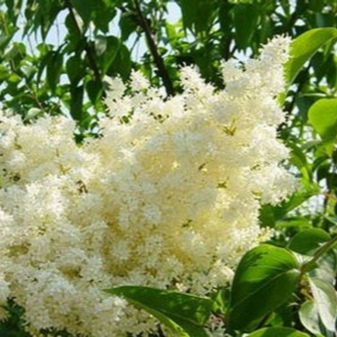
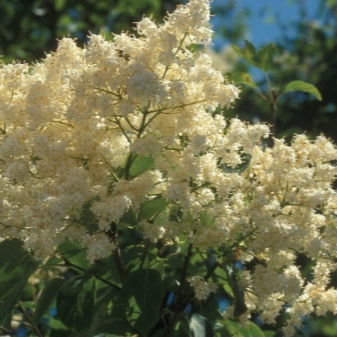
Due to its long and lush bloom, Primrose yellow lilac is widely used in landscape design.
This variety:
- forms beautiful hedges;
- creates an amazing duet in combination with sucker, willow, hydrangea, chubushnik, ephedra, fern;
- act as a shading shrub for growing flowers in flower beds or in front gardens;
- forms a bright natural ensemble in combination with purple, white, lilac buds;
- it is used in landscaping, decorating adjoining plots, central entrances, main staircases.
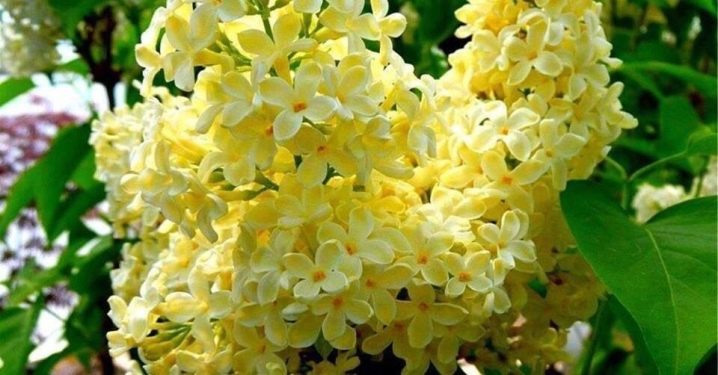
How to plant?
The planting of a spectacular shrub of this variety begins in the second half of summer. The place should be sunny, protected from drafts. If there is no open area with these criteria, a slightly shaded area will do. For the Dutch variety, a soil with a high level of fertility is desirable. In this case, the soil should be neutral or slightly acidic.Using acidic soil for cultivation, you should definitely lime it.
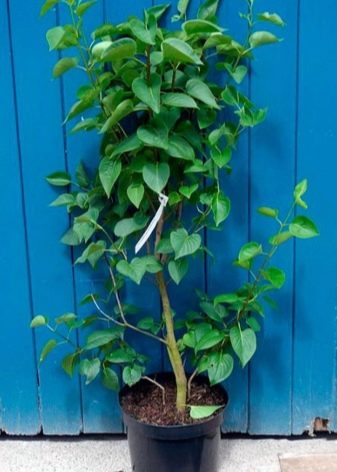

Recommendations for planting seedlings are quite simple:
- dig a hole 50 cm deep;
- if there is groundwater nearby, lay a drainage layer on the bottom;
- place a young seedling in the hole;
- sprinkle the plant with soil mixture (for this, mix compost, superphosphate, wood ash);
- take everything well, then water abundantly;
- remember that group planting of lilacs implies maintaining a distance between seedlings of 1.5-2 meters (this way you will avoid interweaving flowering crowns).
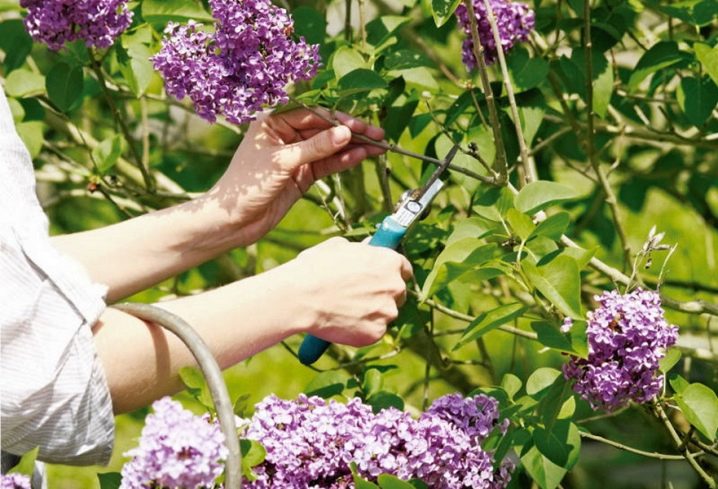
The nuances of care
It is possible to provide the garden shrub with abundant flowering, as well as endow it with a beautiful decorative look, if you follow the simple rules for caring for the plant.
Let's consider them in more detail.
- Watering. Yellow lilac is a drought-resistant variety and therefore does not require abundant watering. Natural precipitation is enough for an adult shrub, if the weather is not too dry, but a young plant needs additional moisture.
- Soil cultivation. The trunk circle must be kept clean and also loose. Therefore, it is necessary to carry out timely cleaning of the soil from weeds. Experienced gardeners advise using a natural cultivator - a mulch layer of peat or sawdust.
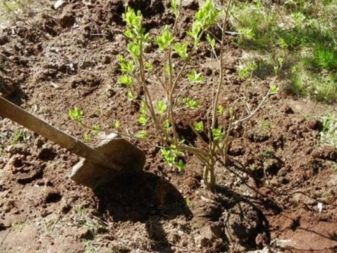

- Top dressing / fertilization. For the first time, the plant should be fed in the second year after planting. It is better to choose formulations based on organic matter. Phosphorus-potassium agrochemicals will help to develop a lush crown, strengthen the root system, and also increase the degree of resistance to diseases.
- Preparing for winter. A three-year-old bush of yellow lilac does not need a special shelter for the winter, since the variety has good frost resistance. As for young, not yet matured specimens (especially in cold regions), they should be protected with a mulch layer. It is also necessary to cover the trunk circle with spruce branches.
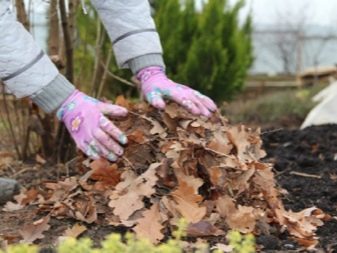
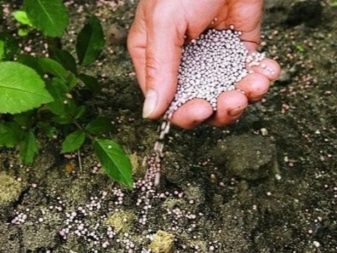
- Insect / disease protection. Primrose has good resistance to various plant diseases. He is not afraid of the nearby groundwater - the risk of rot is minimal. However, one should not neglect preventive procedures against the fungus. So, experts advise spraying shrubs with a copper-based fungicide. This is done in early March. Gall mites are dangerous pests for lilacs. It is necessary to fight them with insecticides.
- Seasonal pruning. Dried inflorescences should be removed in a timely manner. This must be done carefully, as there is a risk of damaging the flower buds, without which flowering is impossible. The same procedure includes getting rid of sick, growing inside the branches. The event should start in the spring.

Reproduction
Unfortunately, yellow lilacs cannot boast of good rooting rates. However, the reproduction process can be provided at home - it occurs by layering. A young, lignified shoot is suitable as a material. Make a groove in the trunk circle, place the breeding material there. Sprinkle the layers with soil (the top should stick out from the ground). Rooting will begin around the beginning of autumn. At the same time, the cuttings will be divided into parts, and they, in turn, form their shoots and roots. Plant the resulting cuttings on ready-made beds and be sure to cover them for the winter.
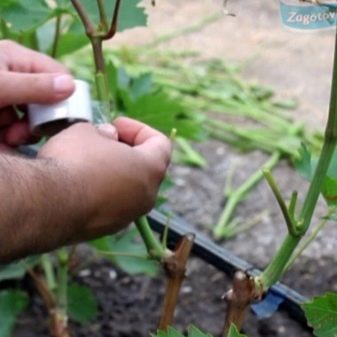
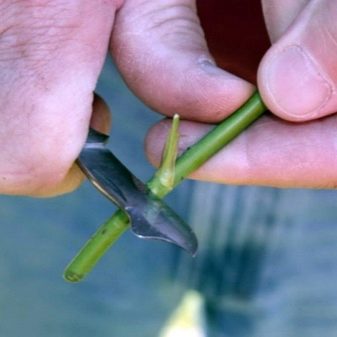
Thus, it is not difficult to grow a "yellow miracle" on a home plot. Even an inexperienced gardener can handle this. The main thing is to purchase high-quality planting material and carry out its correct planting in open ground. After that, you only need to perform simple care procedures. As a result, the flowering shrub will surprise you with its splendor, beauty and delicate aroma.
For information on how to propagate Primrose lilacs, see the next video.



































































The comment was sent successfully.